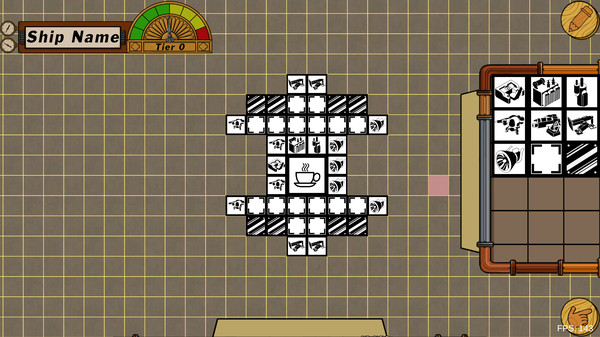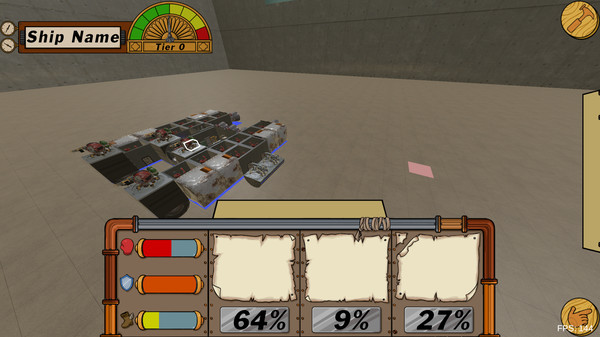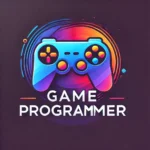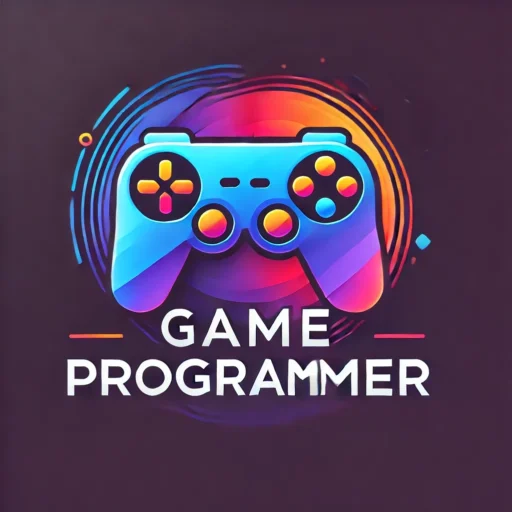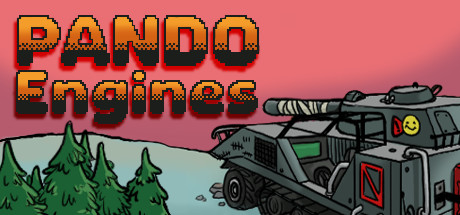
My Role
For PANDO Engines my role was Generalist Programmer. While I realize the name is quite broad, the main areas I focused on was creating the ship building system, assisting in adding multiplayer, and setting up the minigames.
The Project
Comments
I worked on this project for about 9 months, from December of 2021 through August of 2022. This team was a team of 5 people, 2 programmers, 1 producer, 1 artist, and 1 designer. This was a very unique experience for all of us involved because while we were all still quite new to working in the game industry, we’d never really had the chance to get hands on experience in the industry like this. The reason I call it such a unique experience is because this project ended up starting when I happened to interview with someone who was looking to start their own game studio and was looking to bring in talent and do it on a strict budget. This resulted in everyone taking less money and more equity in the company so that we would have funding for a longer period than we would’ve if everyone just wanted more money.
Moving on from the unique situation that caused this project to start, the first system I got the joy of working on was actually the main mechanic of our game, the land engine building! This was actually a very fun and unique system to build because I had never built anything like it before and going into it, I never could’ve imagined how it would turn out. The main goal with this system was something where the player had a budget that they had to keep to while building their land engine while also working with their teammates. The other objective we had in mind while I built this system was how we could make it as much fun as possible for the player and very quickly settled on making sure all players could see what other players were trying to place/remove at the same time because we wanted it to have that hectic feel and leave room for messing with your friends at the same time.
Once we had our ship building system in place, the next objective I was moved to, was helping to network everything in our game and optimize it. The entire time I was working on creating our modular ship building system, the other programmer was focused on setting up and figuring out networking and getting a Steam transport layer implemented so you could invite your friends via Steam. By the time I was moved over to helping with this, we already had all the basics setup so our next goal was ensuring we had smooth movement in-game while the players were moving about their land engine. This definitely resulted in some wacky behaviors at times as we learned the best (and worst) ways of handling this. But once we had it all worked out I was then moved to setting up all of our mini-games that were designed and partially created by our designer.
The goal of these mini-games was to make sure they were both quick and to an extent, entertaining because they played 2 key roles in the game: fixing broken land engine parts & giving your team buffs based on which mini-game you played. Very early on we knew that in addition to just driving the land engine we also wanted each different room to have it’s own health and be able to break/malfunction and require repairs. To accomplish this, we setup each different room with it’s own set of mini-games, one for repairing it and one for giving your team a buff. We wanted to ensure that all teammates received rewards for completing the powerup minigames because they would be essential to making sure your land engine survived. This meant that we had to ensure multiple interactions were working. For example, if one player was driving and another came over to do the task that would buff the movement speed of your land engine, we needed to ensure that once they successfully completed said task, it would actually buff the movement speed of the land engine without breaking anything else (such as player movement).
The final system I worked on for the game was the Task List. This was a list of tasks that could be completed along with the list of necessary repairs. It would show up along the side of the player’s screens to indicate which tasks were available to them based on the rooms they used to build their land engine and would also show what parts of your land engine were broken and needed repairs! Did I mention that parts of your land engine, when taking too much damage could catch fire and you’d have to go and fetch a fire extinguisher to put out the fire?
Overall, while the game was never completed it was definitely a very welcomed learning experience where we all got to learn a good bit about just how rapidly our iterations needed to be and how fast we needed to respond to player feedback in order to mitigate negativity and show the player base just how dedicated we were to making a game that we could all enjoy! IT also really taught me how to take ownership of the systems I create because it was the first time I was really left to my own devices to create a system from scratch and without any guidance from anyone on how to make it. It was absolutely a necessary experience to get to where I am today though and teach me to have better work habits and ownership of the systems that I create.
You can check out the Steam page for PANDO Engines by clicking here!
